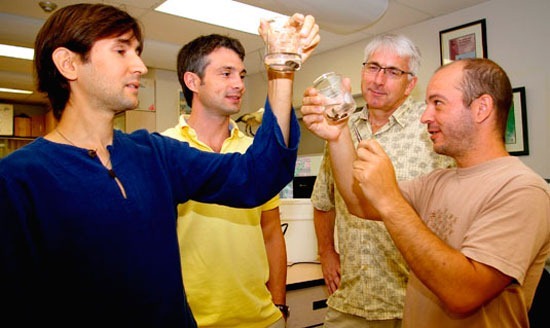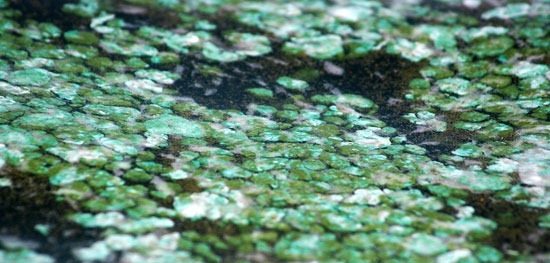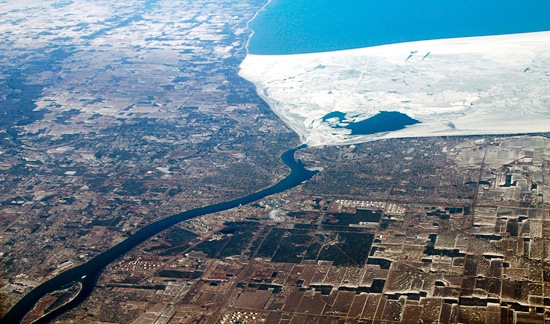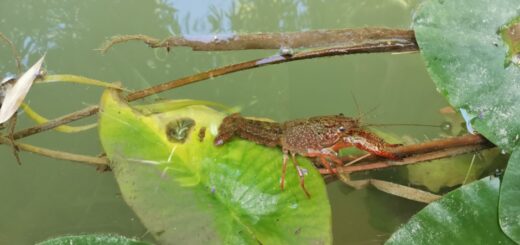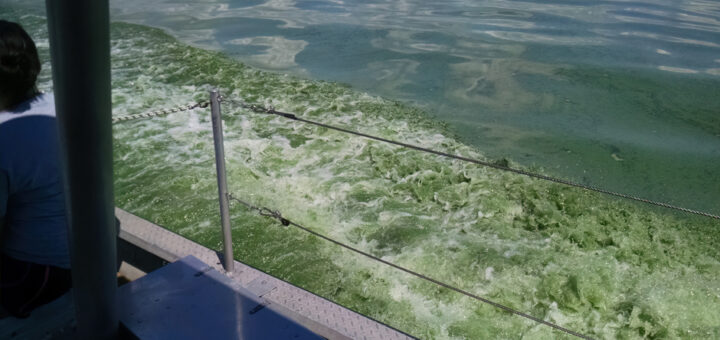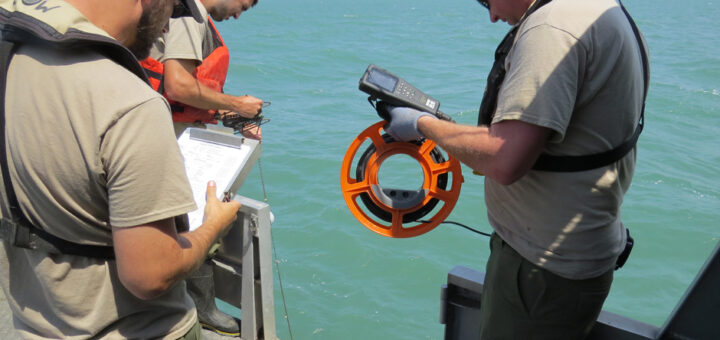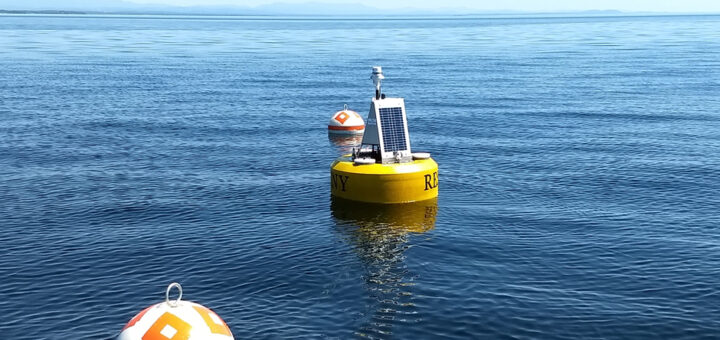Herring could help stabilize Great Lakes food webs
0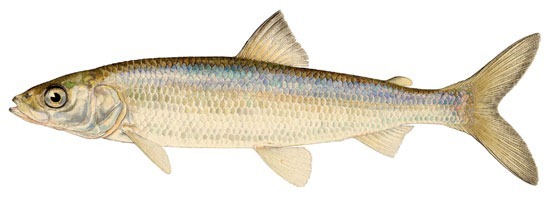
As Great Lakes food webs collapse under the pressure of invasive species, some researchers say reviving a declining native fish could restore stability.
Lake herring (Coregonus artedii), or “ciscoes,” were once a tremendously prolific fish in the Great Lakes and were prey for larger species. However, a number of factors have caused the herring to all but disappear from the region.
The small, slender-bodied relatives of the whitefish were popular in the diets of other fish as well as people across the Midwest. Commercial fishers would capture tens of millions of pounds of herring each year, creating pressure on the species. Adding to the herring’s strife was pollution and increased competition from alewives and smelt. The herring feed on plankton, insects, and fish eggs.
The herring produced so many eggs in the fall that other fish would use them as a food source, according to fisheries biologist Mark Ebener. He said these eggs still serve as a source of food in Lake Superior.
“You go into parts of Lake Superior in December and the whitefish are just gorged on cisco eggs,” he said.
Ebener is among the biologists who think restoring the herring is crucial to restoring historic food webs and fostering a stable ecosystem in the Great Lakes.
“It was the prey species,” he said. “So if you want to restore the connectivity of the lakes and the historic predator-prey dynamics, why would you ignore herring?”
The herring are thriving in only a few locations within the Great Lakes. With the alewife and smelt in decline in the 1980s, herring populations were able to survive near the Apostle Islands and other regions of western Lake Superior, where Minnesota is stocking them. There are also sizable populations in the St. Marys River and northern Lake Huron. In Lake Michigan, Grand Traverse Bay is the only site where herring appear to still be breeding. Researchers are trying to figure out why the herring seem to be limited to these locations and what it would take for the fish to make a comeback.
Restoring the indigenous fish, however, might come at the expense of the large populations of non-native salmon in Lake Michigan. That is one major political obstacle for Ebener and others who would like to see a resurgence of the herring, as the salmon are immensely popular to anglers.
Jim Dexter, the Lake Michigan basin coordinator for the Michigan Department of Natural Resources and Environment, told Interlochen Public Radio that salmon do not tend to consume herring.
“One thing that’s important to remember is that if you have a huge herring population, I don’t think you’ll be able to maintain the type of salmon sport fishery that we currently have,” he said.
In Lake Huron, however, where salmon vanished after 2004 when the food web was overcome by invasive fish, many are supporting efforts to bring back the herring. 40,000 were planted in the lake last year. It’s projected, however, that one million fish per year for several years will be required to fully reestablish the fish in the lake.
Should Herring Make A Comeback? [Interlochen Public Radio] Lake Herring Coregonus artedi [Michigan Department of Natural Resources and Environment] Lake Herring [University of Wisconsin Sea Grant Institute]
Image Credit: pond.dnr.cornell.edu/




